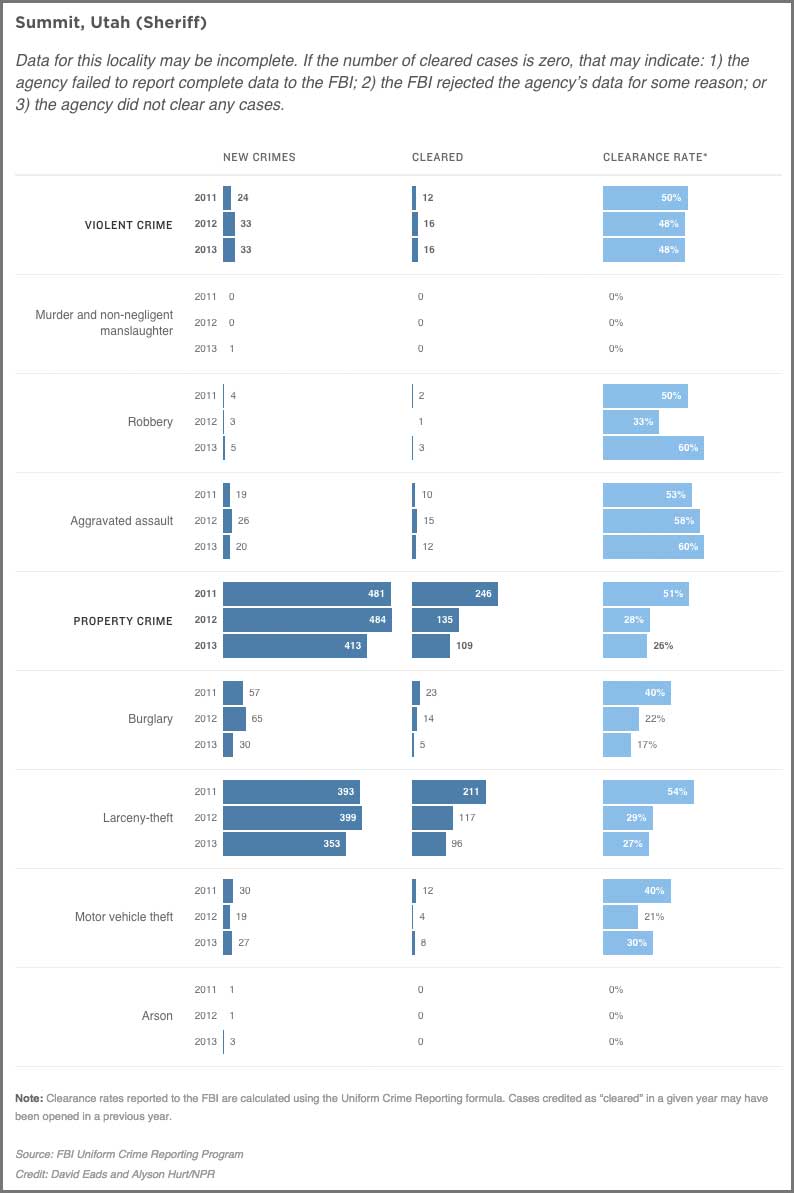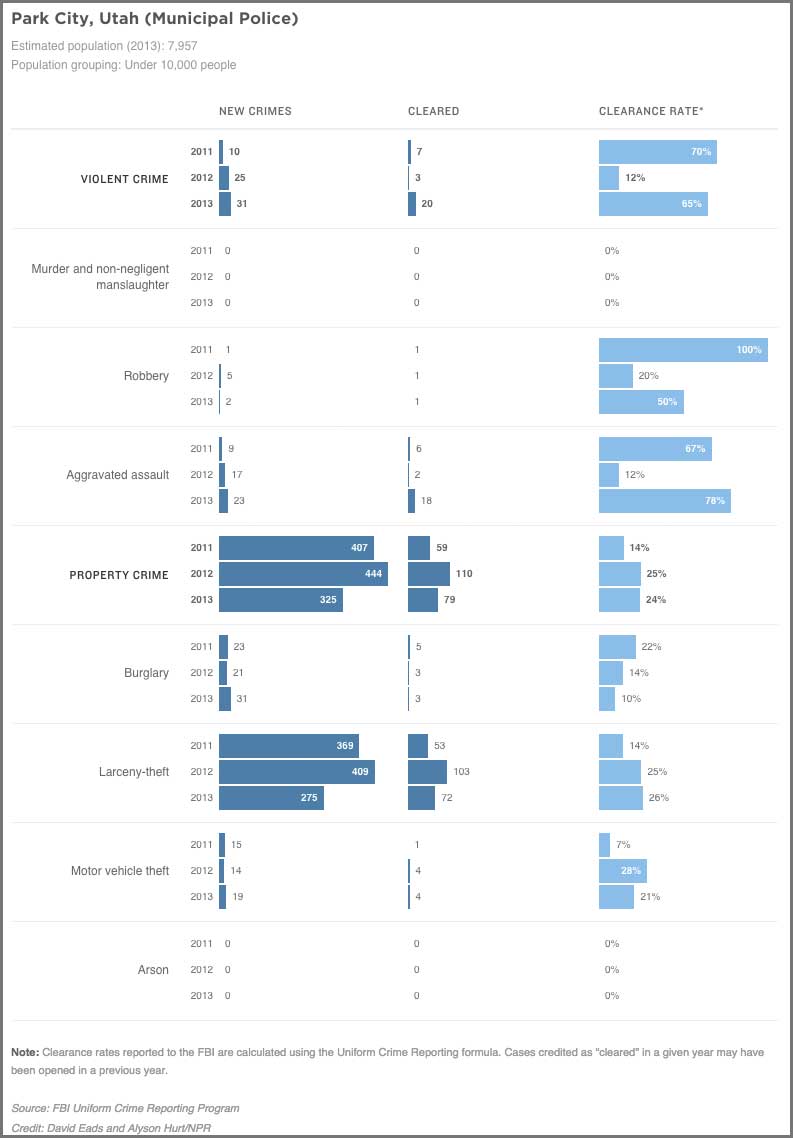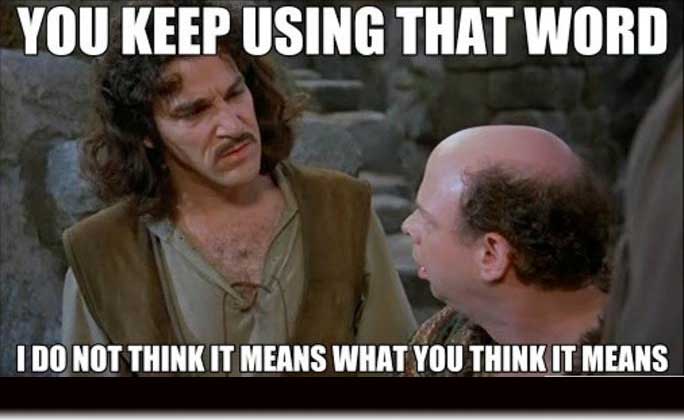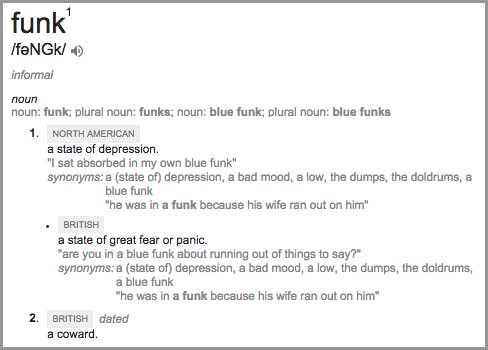Bertha’s Big Bust and Why Even Though Mountain Accord May Want A Tunnel It May Not Be That Easy
The word tunnel has taken on a different connotation since the Mountain Accord came to town. Mention the word in your local coffee shop and we bet some voices will get raised. Yet, we haven’t heard much discussion over whether a tunnel is actually feasible. It seems that people assume that since the mining industry did it years ago, it’s no big deal. Yet just like going to the moon, where many people say we no longer have the technical capability to put a person on the moon, we wonder if digging a tunnel from Alta to Brighton to Park City would just take the snap of our fingers and a few million dollars.
Enter the tale of Big Bertha, Seattle’s $80 million tunnel drill that gave up digging after just 1,000 feet of her 9,000 foot mission. She now has to be craned out of her tunnel, 120 feet deep in the ground, one piece at a time, in order to be fixed. The tunnel was scheduled to take about 3 years and now looks like it will take at least 5 years to complete… and over $2 billion.
It appears she ran into trouble with type of the soil and rock she was devouring and she finally just gave up when her teeth clogged and her seals started to bust. The article describing her adventure is a great read. It just doesn’t deal with the tunnel but also talks about traffic flow, gargantuan projects, and urban planning. Some of the quotes, that seem to apply to our situation include:
“Megaprojects almost always fall short of their promises—costing too much, delivering underwhelming benefits, or both. Yet from the London-Paris Chunnel to Boston’s Big Dig, cities still fall for them, seduced by new technologies and the lure of the perfect fix. A mix of factors has given Seattle a particularly acute sense of angst.”
“Moon’s[a Seattle urban planner] coalition said Seattle should follow New Urbanist examples, such as Seoul, Milwaukee, and Portland, Ore., that replaced highways with smaller surface streets, public parks, and dedicated lanes for mass transit and biking. Instead of seeing gridlock, those places found car trips declined as people opted for other means of transport or changed their plans and didn’t travel as far.
“Bent Flyvbjerg, a professor at Oxford’s Saïd School of Business, has followed Bertha from afar. His research on megaprojects has been cited by both backers and critics of the tunnel. Nine times out of 10, massive infrastructure jobs go over budget, he says. Tunnels on average cost 34 percent more than anticipated. No region is better at predicting costs, and estimates over the past century haven’t become more accurate, his data show.”
This isn’t to say that a 4-6 mile (as the crow flies) tunnel couldn’t be built here. However, now we now don’t take that outcome as given. It’s not just a question of should we. It’s also a question of could we. We still believe that most people don’t want the tunnel. Now, if we add on to that the by asking “could we even build it?” Then, “if we start to build it, how much more will it cost than we think” it just leads to an obvious answer.
Can we please just implement Zions Park style busing in the Cottonwoods and limit the number of riders per day up the canyons? There you go. Watershed preserved. That’s what this is all about … right? That should save us about $5 billion.
Please take a chance to read the article, Stuck in Seattle — The Aggravating Adventures of a Tunnel Drill, if you are interested.
We’ve Finally Found a Good Use for Kimball Junction
Can’t get enough of Kimball Junction? Wish you could spend more time aimlessly wandering the streets? Do you like to imagine you are being chased by ghosts? Well, today is your day.
The fine folks at Google have made it possible to play Pac-Man using Google Maps. We don’t have a dense enough street system to play in most parts of Park City (transportation folks, if you could work on that, we’d appreciate it). However, our old friend Kimball Junction has just enough density (and roundabouts) to outsmart Blinky, Inky, Pinky, and Clyde.
Click below to go to KJ on Google Maps and then click on the Pac-Man icon in the lower left hand corner. Loads of fun!
Go to Google Maps (Kimball Junction)
Pro-Tip: Make sure you click the speaker icon to turn on the sound and bug the living **** out of your work-mates :-).
Update: We’ve found some other places to play:
Our Proposal for Easing Traffic and Diversifying Our Economy
They say growth is coming and our traffic will only get worse. To date our local government solutions have centered around the bus… iPhone apps to tell you when the bus is arriving, transit centers to make bus connections easier, circulating buses around Kimball Junction, bus only lanes to speed by cars, more ads trying to convince you to ride the bus, buses with wifi, making parking more expensive to “encourage” you to ride the bus… you get the idea. That’s not to say our officials haven’t had other ideas, but plans seem pretty bus-centric.
The problem with this is no one we know is excited about buses. We may view it as an inevitability but we hope that day doesn’t come tomorrow. In many ways our community isn’t setup for buses. Driving 5 minutes to park at a bus stop, to only wait 20 minutes for the bus, then ride for about as much time as it would have taken to drive, and finally walk further once you arrive isn’t going to get the average working person excited about the bus. Throw in our winter weather (which we are convinced is going to eventually come back) and no thank you. No amount of public service announcements or wi-fi is going to get most people out of their car.
With that in mind, late last week we wrote to our Summit County Engineer with a suggestion: Pursue self driving cars and more importantly pursue Google.
Google has been testing self driving cars in California where they’ve logged over 700,000 miles. They’ve been approved for testing in California, Detroit, Nevada, Florida, and Coeur d’Alene Idaho. They help solve traffic issues in a number of ways, as they are programmed to optimize traffic flow and take optimal routes. Besides individual cars, driverless mini-buses and vans also operate autonomously to transport groups of people more efficiently using technologies similar to combining Uber with carpools. Google believes they are about 5 years away from wide-scale testing. What are two of the biggest impediments? Heavy snow and bright Sun.
What a coincidence. Park City has a traffic problem. Park City has heavy snow. Park City has bright sun.
Therein lies a huge opportunity. If Summit County could convince Google to come here and make this its high altitude test facility it does a number of things. Our infrastructure would likely be updated and prepared to handle driverless cars by Google. Our population (which is wealthier than most) would have a reason to invest in the technology for their “local” car. It would up Park City’s brand as not only a resort destination but a technological leader. It would also be likely that there could be a bright, shiny new building in the Boyer Tech park that says Google on the side.
Why would Google choose Park City? As stated before, our weather-type needs to be accounted for by this technology. Our road system is fairly simple (I-80, Highway 40, 224 and 248 are main arteries) to reduce variables in testing. Our population could generally afford the car (expected to be about $5,000 more than a regular car). They have the opportunity to drastically reduce our traffic problems which would be a huge selling point to other locales. Our political bodies have shown a willingness to work with large companies who have a big vision (i.e., Vail).
In 1-3 years Google could be running autonomous cars around the Basin testing them. A couple of years after that, select Basin “drivers” may get permits for owning their own machine. The next year, wide scale adoption could happen. In 5-10 years autonomous, Uber style mini-vans could be roaming the Basin picking up like-passengers travelling to like-destinations. In the meantime Google has set up shop and its likely a few technological cohorts would follow.
In many ways it seems like a no brainer to at least try. Unlike buses, or even rail, something like this has the potential to stimulate our citizens’ imagination. Do we want to throw another million dollars at bus-related ideas or instead try something that at least has potential? At its worst, it likely kickstarts a technological business or two in the Basin. At its best perhaps we begin to solve our transportation problems, help spawn a new industry, bring other tech players here, diversify our economy, and maybe (we could dream) find a way to get every resident Google Fiber Internet service.
Is all of that likely? No. But least it has a chance of success. More importantly it has the chance to capture the public’s spirit and imagination.
We can’t look to solutions they use in large, dense cities to solve our problems. We are different. We also can’t look to the past to solve tomorrow’s problems. If they were going to work, they already would have.
We have a unique chance to do something special. We can either seize that opportunity and lead or sit back and wait on our citizens to ride buses.
We hope our leaders choose to do the former, because if we choose the latter, we are likely going to be waiting on that bus for a long, long time.
Here is additional information on driverless cars. They are not a fantasy — like something out of the Jetsons. They are very real and coming fast:
Mercedes Self Driving Prototype
Uber to develop self driving cars
Autonomous car driving across country for the first time
Audi SUV self drives around Las Vegas
How Effective is our Law Enforcement at Solving Crimes?
Today on KPCW (NPR) they reported a story called Why 1/3 of Murders Go Unresolved. Along with this story, they have a crime search tool that let’s you see how your local law enforcement is doing. We decided to search Park City and Summit County. Some of the interesting findings are that violent crime has increased 300% between 2011 and 2013 (the last year available). In Summit County, only 17% of burglaries are solved. There’s as much violent crime in Park City, as there is in all of Summit County.
This data comes from the FBI, which relies on local law enforcement to report information. So, there can be cases where some data is incomplete. Nonetheless it does paint a picture that you are far better off not becoming a victim. Especially with property crimes, it is highly unlikely you’ll get the outcome you hope for.
Note: “Clearance Rate” in the graphic below means the number of crimes solved or the primary suspect is unable to be tried (i.e. they’ve died).

If you’d like to perform your own search, you can access their data here:
We couldn’t help but chuckle this morning when we heard on KPCW that the City Council wants to bring the “funk” back to the 4th of July Parade. City Council members must have said FUNK 18 times during a meeting. What’s the definition of Funk?:
We know … we know… people who live in glass houses shouldn’t throw stones. We all knew what they meant. Still we find it funny. Perhaps what’s more funny is their solution to making the parade more …uhh… funky.
A committee.
We love when the City Council gets down with the pulse of the people. We just hope Will Ferrell has moved to town and has some time to chair that committee.
We’ve Figured out What it Will Take To Get Us to Ride the Bus
Bus. Bus. Bus. Everywhere you turn, you hear the word “bus” when people talk about solutions to our transportation problems. Unlike 80% of the people around Park City, we have actually taken the bus. Ok, that was just once and for a story. So, what would it take for us to become regular riders? We’ve figured it out.
- We would walk no more than 5 minutes to catch the bus.
- We would not drive, then park, and ride the bus.
- Buses would need to come every 10-15 minutes. If they came less frequently, we’d be at last half way to wherever we were going if we took our car.
- It would have to be an option we took every day. It couldn’t just be a Sundance thing. We’d need to think “bus first.”
- The bus would have to go close to where we go… Kimball Junction, Home Depot, Prospector, Willow Creek Park.
- We would walk no more than 5 minutes from the bus stop to our final destination.
- The bus couldn’t take more than 5 minutes more time than it takes by car. We are already walking 5 minutes, waiting up to 10 minutes, and walking 5 more minutes.
- We’d pay a couple of bucks.
We may sound like uncaring dolts, but at least we are being honest. What would it take for you to ride the bus?
Summit County… Please Please Please Please Please Do Not Waste Our Money on the RideAmigos Transportation App
Summit County has been looking at a number of ways to help the transportation issue around Park City. Some initiatives seem more logical than others. However, we couldn’t be more opposed to the county spending $7,000 per month on the RideAmigos.com platform (plus 20 hours from a county employee every week). What does Ride Amigos do for you as a commuter?
- It provides a Trip Planner that includes information about buses, the time it takes to go from point A to point B when walking or riding a bike or driving, and information on carpools (or vanpooling).
- It gives you a Commuter Dashboard that lets you track your commuting statistics, get “virtual badges”, and track your competitions with others.
- It “Gamifies” your commute where you will get points for certain events and can share those on Facebook and Twitter.
- You can build your own transportation network, with other school parents, to visualize and cluster households to create carpools.
- You…yes you… can respond to surveys about transportation.
- You can plan your travel to events so you can carpool with others.
Please don’t get us wrong. As certified geeks, this sounds cool. The app looks nice. Clustering data to optimize carpools is ingenious. So, what’s the problem.
This isn’t something your average person around Park City is going to do. We can imagine someone saying, “Should I ski, hike, bike, exercise, take my kid to school, or work today? HMMM. Forget that, I’m going to earn virtual badges by using RideAmigos. Yeah!”
The other problems is that 90% of the really useful features are already handled by Park City’s MyStop Mobile app. You can find when buses are coming. It will kick you out to Google Maps to see the time it takes to walk, bike, or drive to a location.
As we see it, the most useful part of the service would be carpools and we wonder if anyone would really use that. Our carpools aren’t the type where we want to see if anyone wants to carpool with us to Target in Salt Lake today at 4PM. If people want to carpool, it would likely be to work. A regular car pool would be set up (more like a work vanpool). Do we need to spend $7,000 a month to do that (plus a part-time employee) through an app? Could Summit County start a program that encourages employers to carpool and then takes tiny fraction of that $7,000 per month and does something with it that would encourage employees to compete for the most carpools each month? Maybe something like giving $500 to the charity or school of their choice. Summit County could match riders to a carpool online or even over the phone to start with to see if the idea has legs. It would cost something but not much.
Then if no one carpools, which is likely the case after the initial momentum dies off, the program ends. Easy. Not much money wasted.
We hate to be cynical but this sounds like one of those “cool ideas.” However, we don’t think after a few hundred thousand dollars are spent, with little to show for it, it will seem quite as cool.
They Say We Need To Compromise on the Mountain Accord Tunnel. We Think We’ve Found the Compromise.
A very nice person sent through an uplifting story of human triumph, community, and determination. As one person put it, it is awe inspiring. So, if you haven’t seen this before, please take one minute to go read:
They told him it was impossible. It took him a hammer, a chisel, and 22 years to prove them wrong.
When you get back, please consider whether this isn’t the compromise we need for Mountain Accord. If the people who want a tunnel from Brighton to PCMR want it so badly, perhaps they should agree to personally show up every morning from 4AM – 7AM and dig that tunnel by hand.
If they want it that badly, we’d throw all of our support behind making their lifelong mission come true.
Another h/t to the person who shared this with us… It made our day.
Are Park City and Vail Equals?
Have you seen the 1980’s movie Arthur starring Dudley Moore? It’s about a semi-lovable, rich drunk who is heir to a fortune. However, his father and grandmother decide that unless he marries a woman named Susan, who he doesn’t like, he will lose it all. While it’s not the greatest movie ever told, we’ve begun wondering if it’s perhaps a metaphor for Park City and Vail.
We were listening this morning to a Park City Planner on KPCW talking about Vail’s connection between PCMR and Canyons that’s coming. Leslie Thatcher bombarded the gentlemen with questions about the impacts of allowing the connection and every answer sounded like it had come straight out of Broomfield Colorado (the home of Vail). Ms Thatcher asked if this plan would bring more skiers to Park City. The response what that Vail said it would not. Ms Thatcher asked whether this would mean more parking is needed. The answer was no. To the casual listener, it was hard to keep one’s mouth from gaping in that “did he really say that” sort of way.
The interview started us to think about the relationship between Park City, Summit County, and Vail. Are the parties equals…. does one hold the upper hand? If you were to ask someone from our local government, we’d guess they would say we were all equals. Yet, we seem to remember that Vail gave over $500,000 to Park City non profits last year. We also have been told a $50 million investment will be made into the “New” PCMR. To us, that indicates who actually holds the upper hand.
Does that leave Park City a little bit like Arthur … someone who is tied to decisions made by the people with the purse strings? Like Arthur, could we stand up to our rich Grandmother and say NO? If we did, would she cut us off? Or would it end in a fairytale, like Arthur, who marries the woman he loves AND keeps the money. Doubtful.
We think it’s a good question to ask before we get too dependent on others.
This morning we heard that Park City Municipal wasn’t too concerned about the connection going over sensitive lands or that it exceeds height restrictions. Perhaps, like that lovable drunk, we are already dependent on our grandmother to take care of us. Let’s just hope in the future she doesn’t make us do something we really don’t want to do.
Mountain Accord’s agenda is to get taxpayers to fund tourism industry
This weekend’s Salt Lake Tribune had an interesting Op-ed from Patrick Shea who is a Salt Lake City attorney and a former director of the U.S. Bureau of Land Management. Mr Shea’s points are:
- We’ve inherited a great treasure, in the form of the Central Wasatch.
- Our ancestors and the people here before us “were not motivated solely by financial gain. Instead, particularly for the pioneers, they understood there was an inherent moral obligation for ‘justice between generations.'”
- The plan being proposed “on an unsuspecting public” is for “certain financial interest, both public and private, to create a transportation system which will facilitate our tourism business.”
- We the citizens would be obligated to pay $3-$5 billion in our taxes for this.
- We run the risk that this plan actually destroys 60% of our water system.
- The promoters of Mountain Accord believe that Orrin Hatch will find a way for the Federal Government to fund the entire proposal, “tunnel and all”
- The centerpiece of Mountain Accord — planning for the future makes sense. “But we as citizens need to make sure that the short-term financial interest of a few don’t destroy the future for many.”
It’s an interesting argument. We hadn’t heard or thought of the Orrin Hatch play. We’re not sure it’s possible but you never know. We would suggest you read the op-ed in its entirety and see what you think.
h/t to the Friend of the Park Rag who told us we needed to read the op-ed





